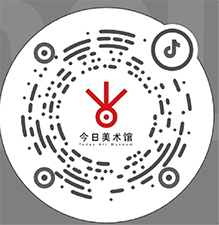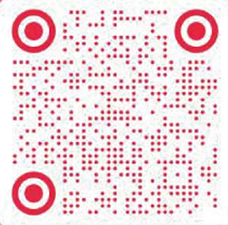The Today Art Museum of Beijing is pleased to announce the upcoming exhibition of six monumental sculptures by celebrated Spanish artist Cristobal Gabarron. This is the first solo exhibition in Beijing of Cristobal Gabarron. Held from October 9th to December 20th, visitors could enjoy the powerful and vibrating color of this Mediterranean artist.
Director of Today Art Musem Dr. Alex Gao
Ambassador of the Spain, Mr. Manuel Valencia
Gabarron’s Monumental Sculptures are the first Monumental group of Sculptures by a western artist to be presented to Beijing audience in a Public Museum environment. The Spanish master reunites painting and sculpture in a single art piece. His bright colors are infinite and his shapes are endless. His art brings closer the Mediterranean Sea, its nature, its skies, its light…
The Artist Mr. Cristobal Gabarron
Curated by thinker Sami Naïr:“The Alhambra sculpture groupthat he now presents us is evidence that every artist who is aware of the mysteries of artistic creation knows what he must do: that is to say, the imperative necessity of not copying or loyally reproducing, but completely and wholly recreating the work chosen as a pretext. That is because the real artist knows only innovation, innovation that breaks what is away from what was, knowing that it will be overcome in the future by what will be created. André Malraux said that there was only one main difference between Picasso and Leonardo da Vinci: If Picasso were to see one of Da Vinci’s works, he would understand it; however, it is not likely –in fact it is quite improbable- that Da Vinci would be able to understand one of Picasso’s works. Times have changed, the conceptual tools are no longer the same and representations have undergone a metamorphosis.”
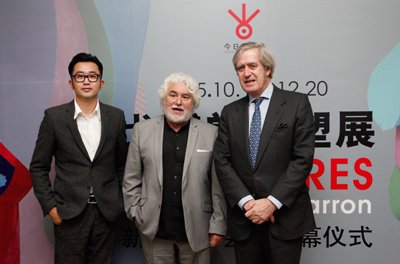
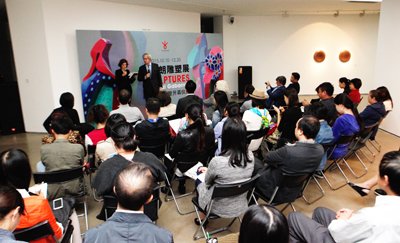
In the words of art philosopher Alfredo Mateos Paramio: “Cristobal Gabarron has erected sixteen sculptures to the Alhambra,Al Hambra, la Roja(‘the red palace’), sixteen towers in homage that surround an invisible palace, like that shaded ring the Turkish turtle doves wear in our parks. Splendid watchtowers in which a Mediterranean palette burns and whose surfaces do not cease to be imbued with living memory: the Alhambra of our shared memory, the Alhambra of the artist’s youthful wanderings.
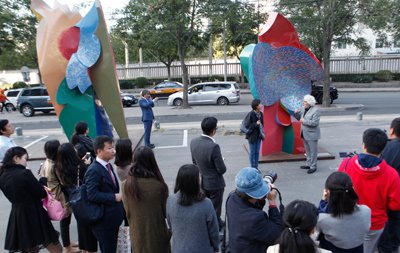
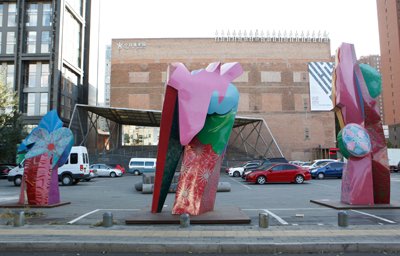
Cristobal Gabarron’s beginnings as a painter, as is the case of Pol Bury and Donald Judd, grant him a different perspective as a sculptor. Matisse’s claim that color is the constituent element of pictorial space, this expressionism applied abundantly in his canvases, is developed in three dimensions in these sculptures. The stains of color spread over the edges of the sculpture, contaminating its angles, blurring its openings, and in short, deforming from within the planes on which it is established. Architects like Luis Barragán and Antonio Gaudí had applied the Mediterranean brightness to their works earlier, but without subverting the boundaries between planes. Just like that red blouse that the poet Ibn Hazm saw, here it is color that finally constitutes the volumes of these sculptures. The blue shadows of Granada’s noon hour, the greens of its fruited gardens, the earthy yellows and those pinks and reds that provide depth- Kandinsky dixit- as well as the most flayed of surfaces.”
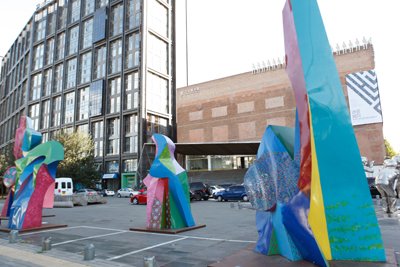
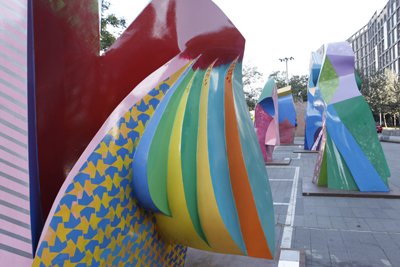
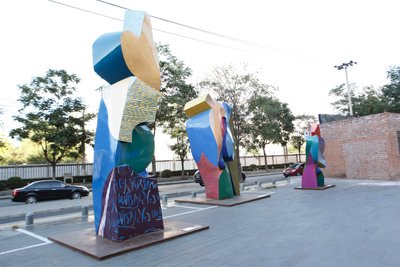
Today Art Museum is a private-owned art museum. In the past decade, the museum has dedicated itself to maintaining a modern vision, engaging in an international platform and upholding professional operation tactics. All of which have contributed to the continuous launching of hundreds of exhibitions, seminars, educational programs and projects of contemporary art over the years. TAM commits itself to boosting the development of China's contemporary art, as well as the introduction and display of the essence of contemporary art from around the world. Along with further efforts to standardize the operational model of a private-owned art museum, TAM will strive to enrich the Museum's social functions and undertake more social responsibilities in the next 5 years. The Museum will take in-depth study of the overall development of China's contemporary art and put more emphasis on cultural communication with the rest of the world. TAM will invest every effort to look for practical opportunities to promote positive interaction between artists, art institutions and projects from China and abroad.
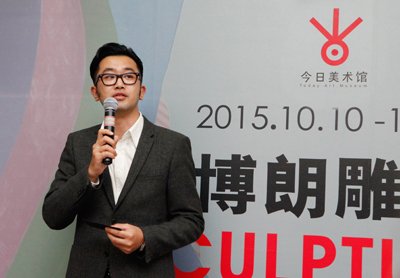
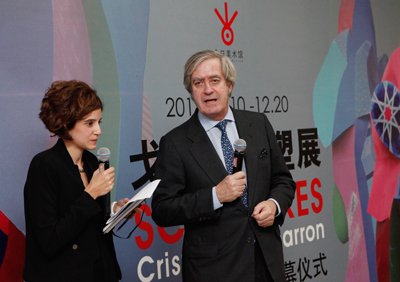
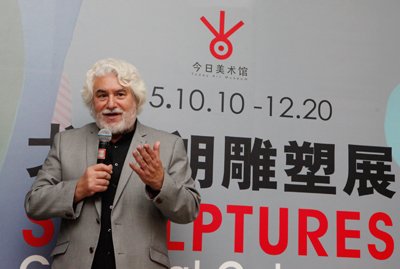







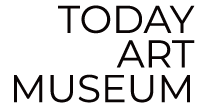
 Bologna Illustrators Exhibition 58th
Bologna Illustrators Exhibition 58th Zhiguan: Wang Zimu Art Exhibition
Zhiguan: Wang Zimu Art Exhibition Seasons of Cezanne The Immersive Experience
Seasons of Cezanne The Immersive Experience Marie de Villein: Behind the Sun
Marie de Villein: Behind the Sun “一粒一世界——北京大学颗粒艺术展”
“一粒一世界——北京大学颗粒艺术展”
 Florentijn Hofman :Celebrate!
Florentijn Hofman :Celebrate! Li Nu: As if Sand Were Stone
Li Nu: As if Sand Were Stone Exhibition customization course | TIM YIP MIRROR children's art class
Exhibition customization course | TIM YIP MIRROR children's art class
 TAM Open Studio / Hello, New Friends
TAM Open Studio / Hello, New Friends WANG SHIKUO/TODAY ART MUSEUM YOUNG ARTIST RESIDENCY IN NEW YORK CITY
WANG SHIKUO/TODAY ART MUSEUM YOUNG ARTIST RESIDENCY IN NEW YORK CITY 2018 third wang shikuo award -- nomination exhibition of contemporary young artists
2018 third wang shikuo award -- nomination exhibition of contemporary young artists






